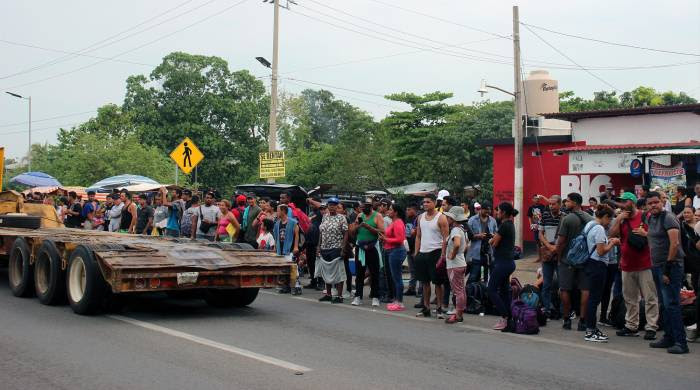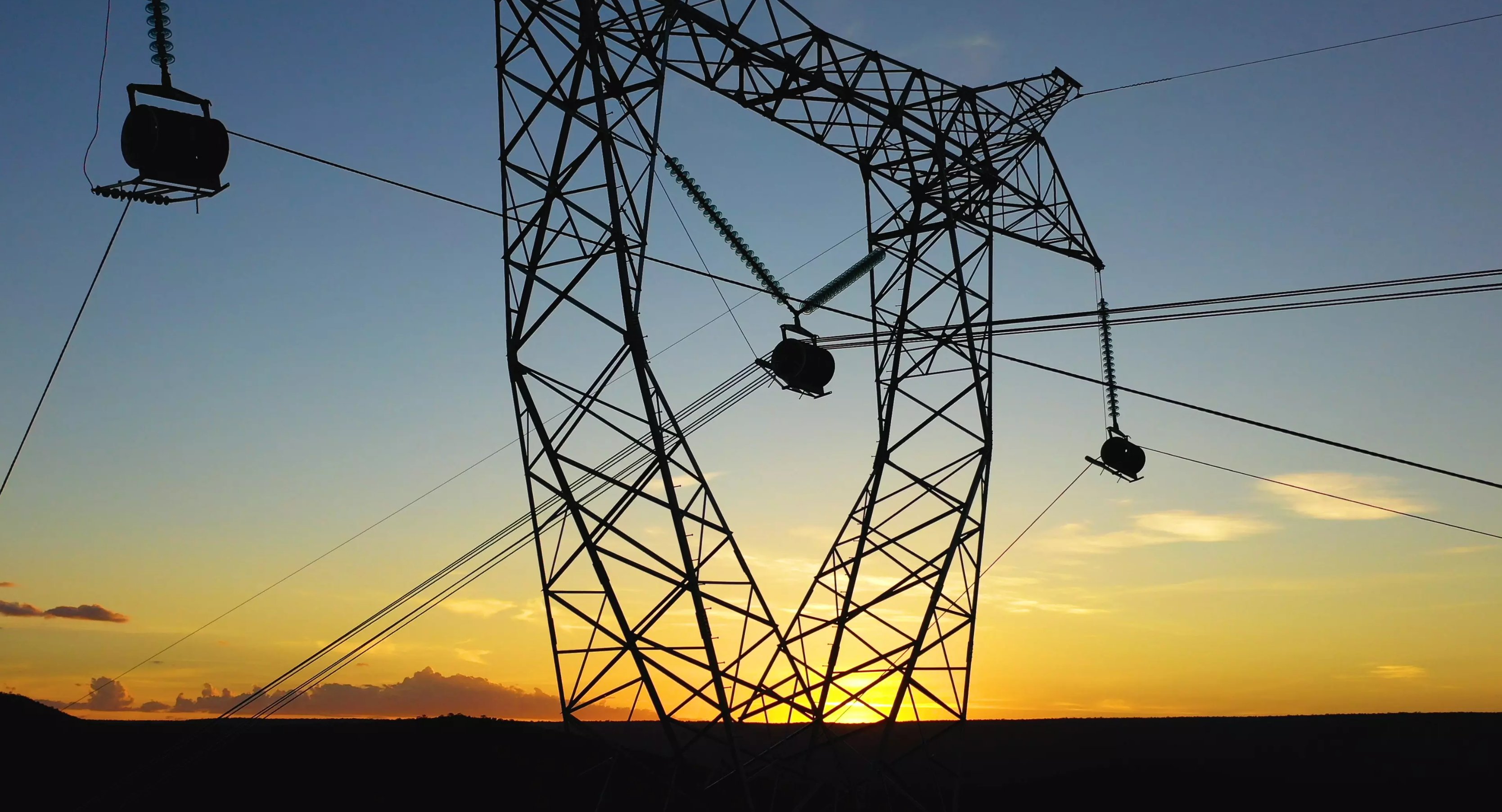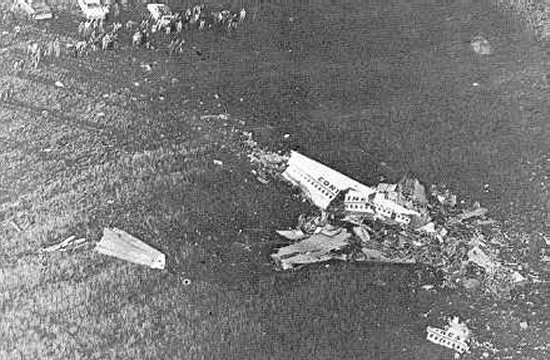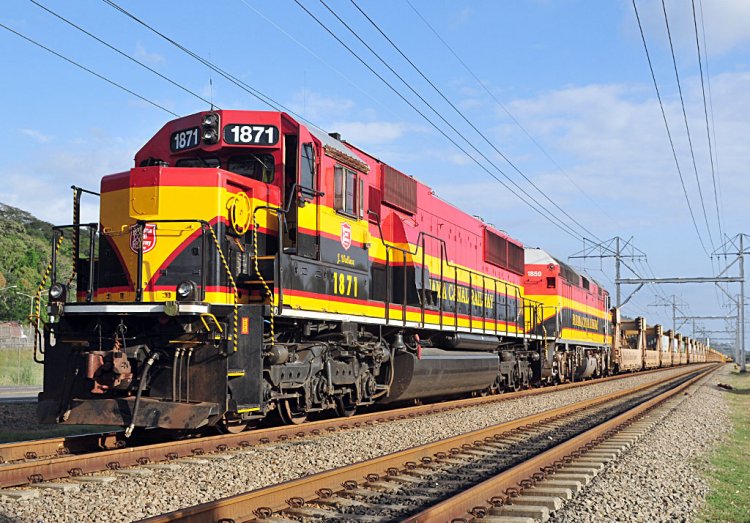Trump Allies Draw Plans for an Immigration Policy Involving Panama

Migrants of various nationalities walk in caravans to head to the border with the United States. Donald Trump who seeks to return to the White House, sees Panama as a receiving country for migrants and proposes a measure on the immigration crisis that the Government of Panama under Cortizo, had already rejected. Republican presidential candidate Donald Trump’s allies are working on a strategy so that if they reach the White House, they move from rhetoric to an immigration policy capable of containing the thousands of irregular migrants who cross the border between Mexico and the United States annually. The maneuver, described as unprecedented in the history of that nation, was reported in recent days by The Wall Street Journal under the title: “Trump allies draw plans for an unprecedented immigration policy.” This tactic, according to the publication, will require several things. One consists of “identifying countries in South America, including Panama, and Africa that could become partners for new asylum agreements,” according to the newspaper of people involved in the effort. The closest experience of this exercise was recorded in 2020, when the Trump administration reached an agreement with Guatemala on a short-term program that returned approximately 1,000 immigrants.  The news still does not seem to be assimilated in Panama. Few react. The new government of José Raúl Mulino has not yet finished forming the work teams, such as the migration team, for example. In the midst of a government transition process, the outgoing government prefers not to speak out and let its successor make a decision on the matter, taking into account that the presidential elections in the United States are in November and although electoral preferences give a slight advantage to Trump, the result is to be determined. However, it is worth noting that in 2019, President Laurentino Cortizo responded with a resounding “no” to the North’s intention for the country to receive migrants from the United States, based on a previous agreement, to turn it into a “safe country,” something which they did achieve with Guatemala, for a short period. At the time, Cortizo argued that the country did not have sufficient resources to meet the needs of migrants, and added that this issue is not Panama’s, “what we already have is enough,” he said, burying any different intention.
The news still does not seem to be assimilated in Panama. Few react. The new government of José Raúl Mulino has not yet finished forming the work teams, such as the migration team, for example. In the midst of a government transition process, the outgoing government prefers not to speak out and let its successor make a decision on the matter, taking into account that the presidential elections in the United States are in November and although electoral preferences give a slight advantage to Trump, the result is to be determined. However, it is worth noting that in 2019, President Laurentino Cortizo responded with a resounding “no” to the North’s intention for the country to receive migrants from the United States, based on a previous agreement, to turn it into a “safe country,” something which they did achieve with Guatemala, for a short period. At the time, Cortizo argued that the country did not have sufficient resources to meet the needs of migrants, and added that this issue is not Panama’s, “what we already have is enough,” he said, burying any different intention. For the isthmus, which in 2023 served as a passage for more than 570,000 irregular migrants with the desire to conquer the American dream, becoming a receiving country would imply investing more resources than those already allocated, $70 million in 2023, according to the Director of Immigration recently stated. , Samira Gozaine. The aforementioned amount includes accommodation, food, evacuations, rescues, care for especially vulnerable people, supplies, among others, such as the return on humanitarian flights of more than 5,000 Venezuelans. But considering Panama as a receiving country, or with which an asylum agreement can be signed, there will be a need for more money and to give all those “people who ask for shelter here, housing, food, work,” observed a source linked to Migration. as an attempt to measure the effort that this scenario would represent for Panama. Needs that are becoming more urgent for the resident population, which currently has an unemployment rate of 7% and the challenge of “controlled management” of the national budget as announced by the new government administration, with the purpose of regaining confidence and the investment grade evaluated by international rating agencies.
For the isthmus, which in 2023 served as a passage for more than 570,000 irregular migrants with the desire to conquer the American dream, becoming a receiving country would imply investing more resources than those already allocated, $70 million in 2023, according to the Director of Immigration recently stated. , Samira Gozaine. The aforementioned amount includes accommodation, food, evacuations, rescues, care for especially vulnerable people, supplies, among others, such as the return on humanitarian flights of more than 5,000 Venezuelans. But considering Panama as a receiving country, or with which an asylum agreement can be signed, there will be a need for more money and to give all those “people who ask for shelter here, housing, food, work,” observed a source linked to Migration. as an attempt to measure the effort that this scenario would represent for Panama. Needs that are becoming more urgent for the resident population, which currently has an unemployment rate of 7% and the challenge of “controlled management” of the national budget as announced by the new government administration, with the purpose of regaining confidence and the investment grade evaluated by international rating agencies.






